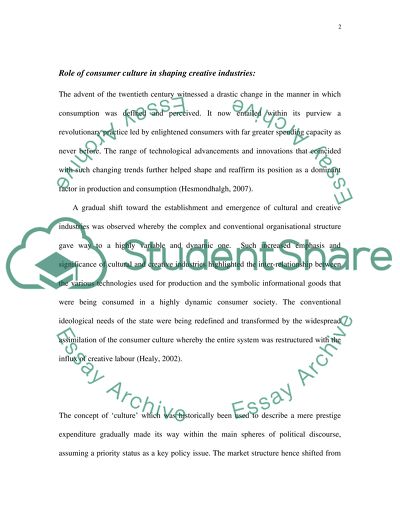Cite this document
(“The Rubbish Duck project Essay Example | Topics and Well Written Essays - 2000 words”, n.d.)
The Rubbish Duck project Essay Example | Topics and Well Written Essays - 2000 words. Retrieved from https://studentshare.org/sociology/1643389-the-rubbish-duck-project
The Rubbish Duck project Essay Example | Topics and Well Written Essays - 2000 words. Retrieved from https://studentshare.org/sociology/1643389-the-rubbish-duck-project
(The Rubbish Duck Project Essay Example | Topics and Well Written Essays - 2000 Words)
The Rubbish Duck Project Essay Example | Topics and Well Written Essays - 2000 Words. https://studentshare.org/sociology/1643389-the-rubbish-duck-project.
The Rubbish Duck Project Essay Example | Topics and Well Written Essays - 2000 Words. https://studentshare.org/sociology/1643389-the-rubbish-duck-project.
“The Rubbish Duck Project Essay Example | Topics and Well Written Essays - 2000 Words”, n.d. https://studentshare.org/sociology/1643389-the-rubbish-duck-project.


